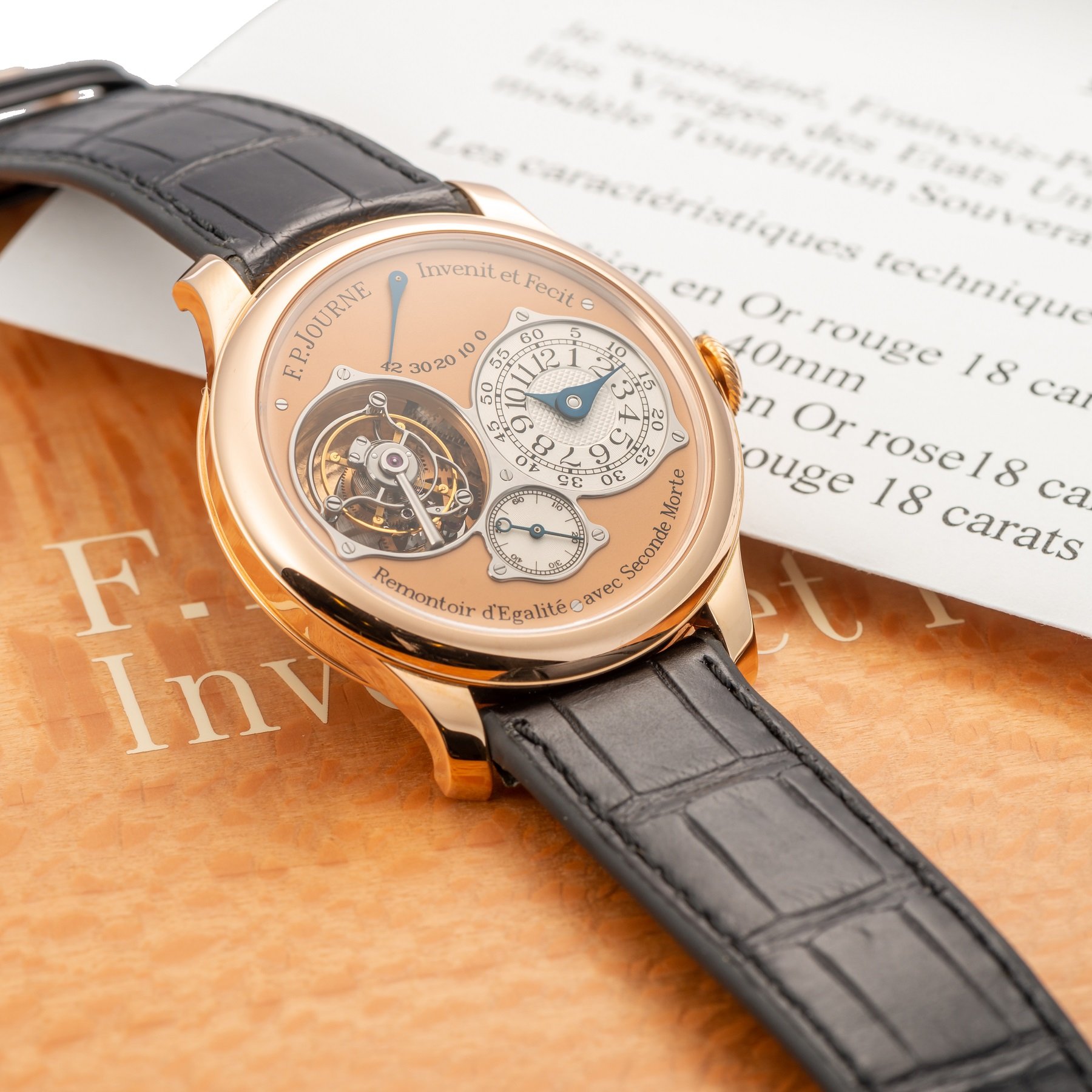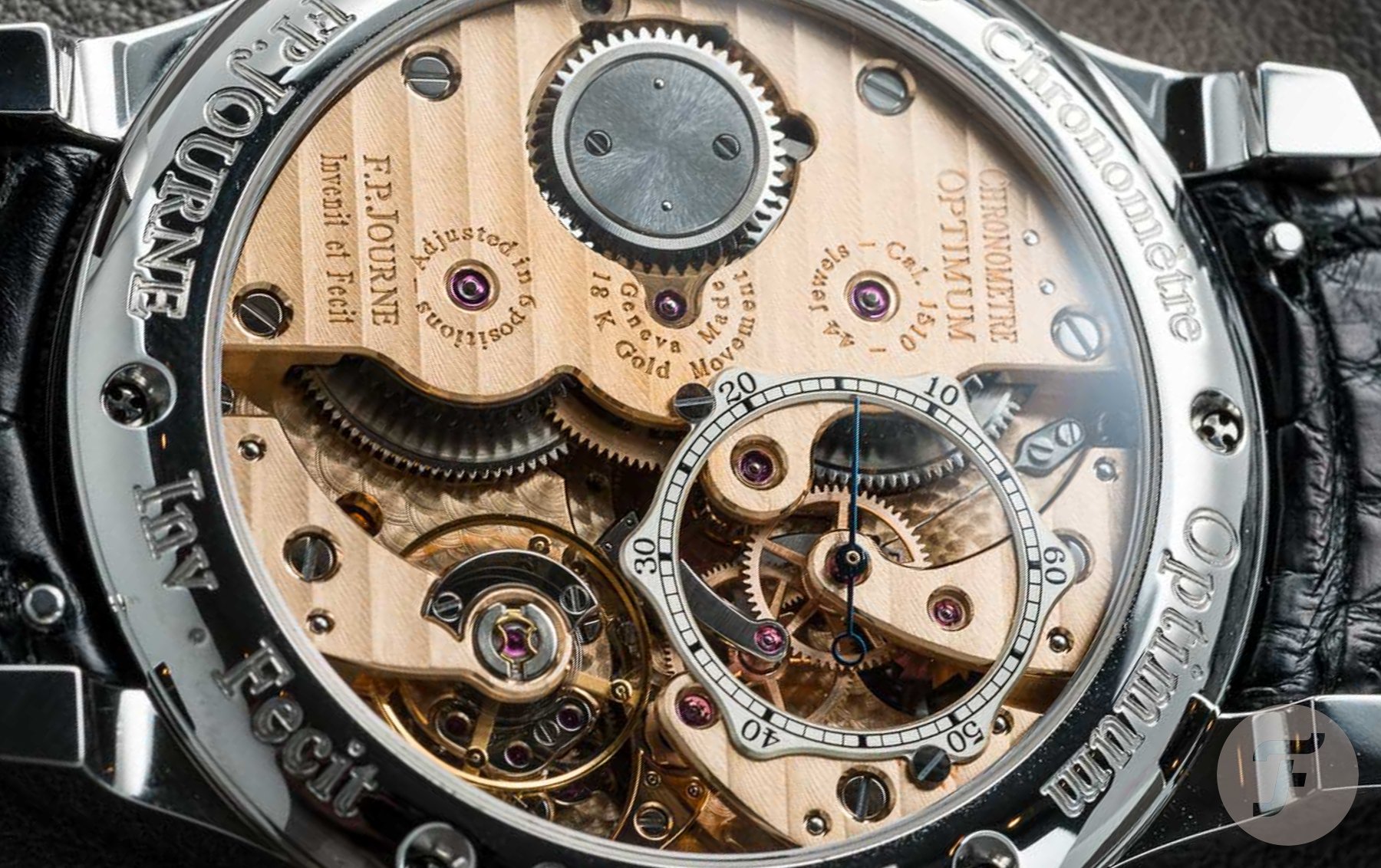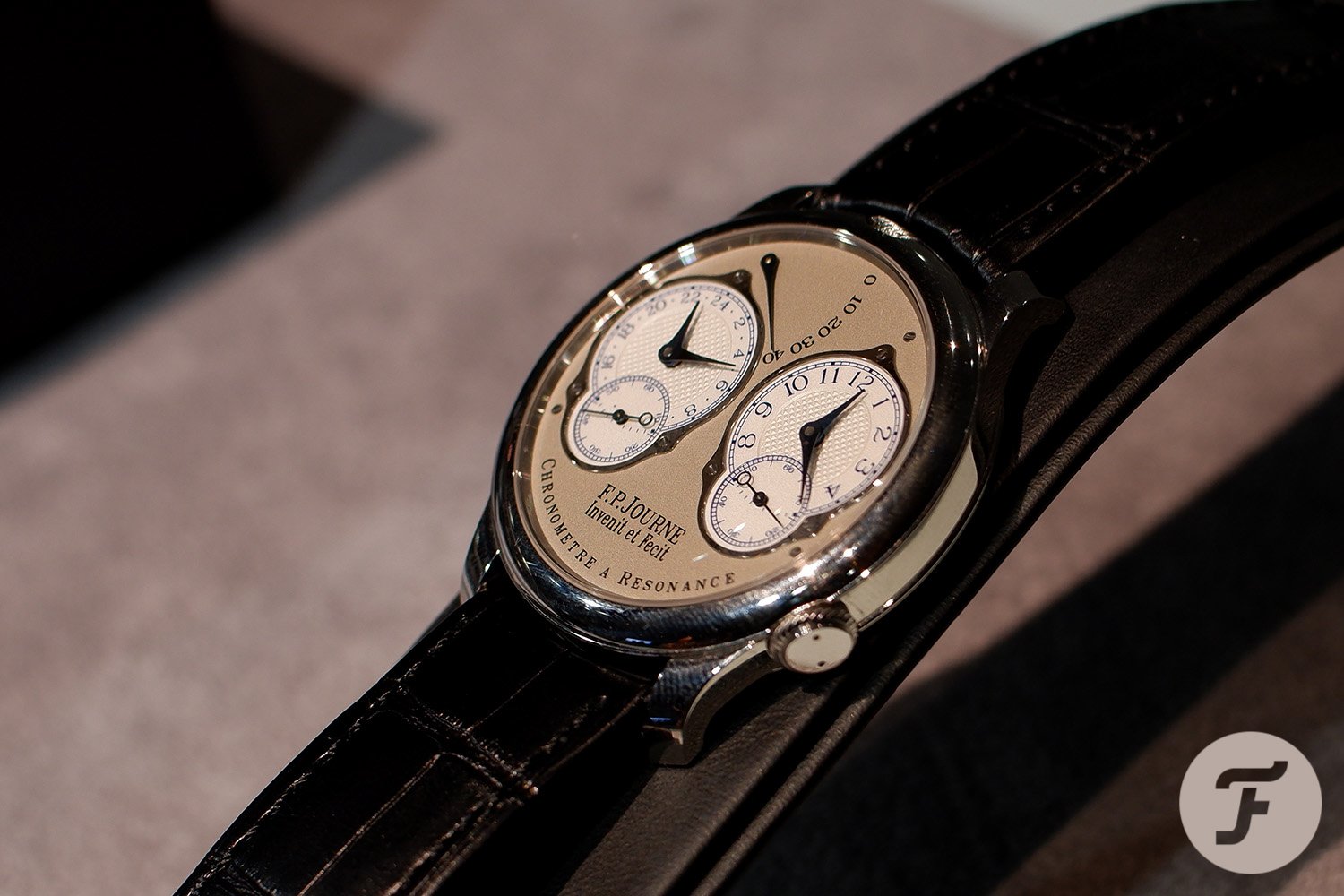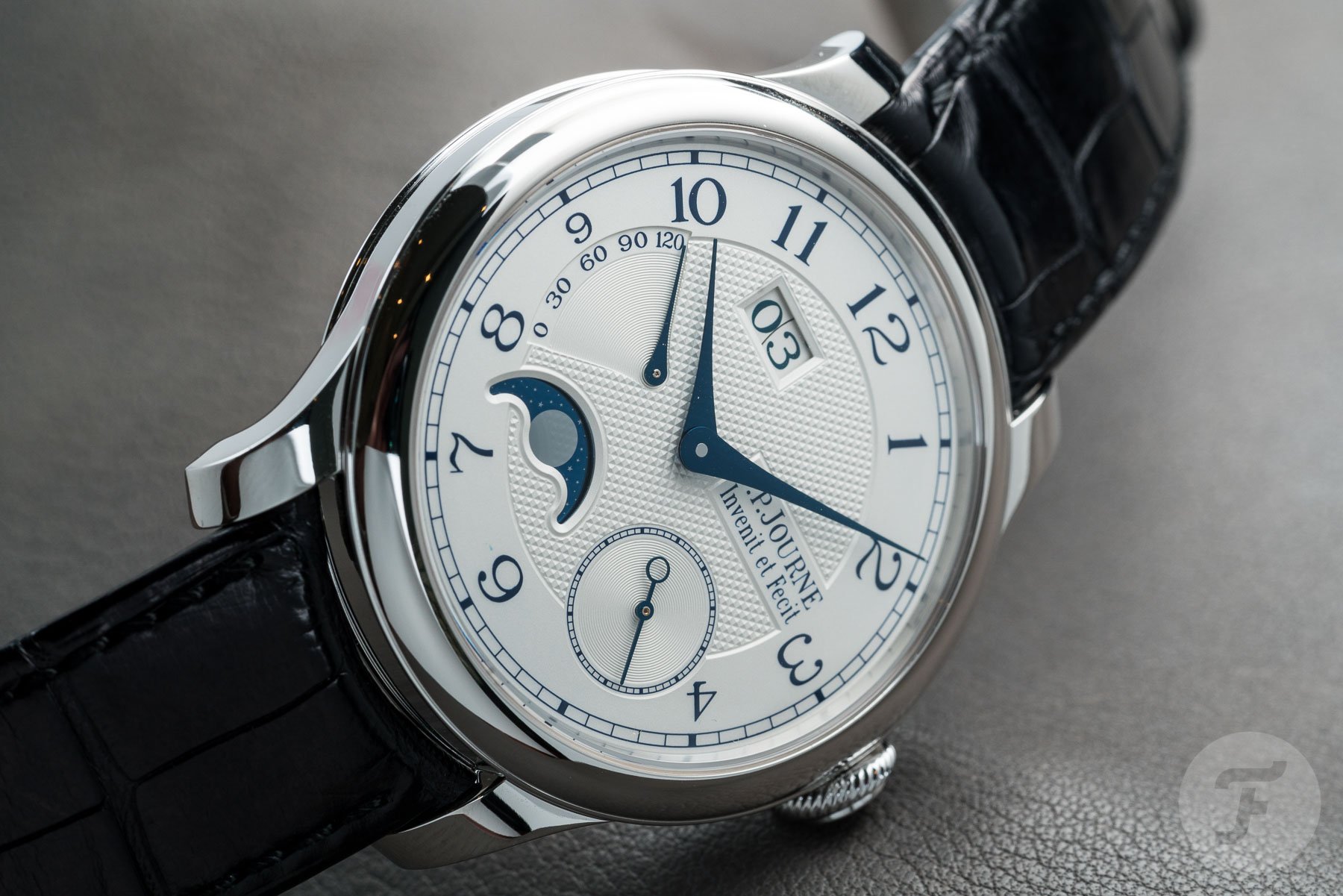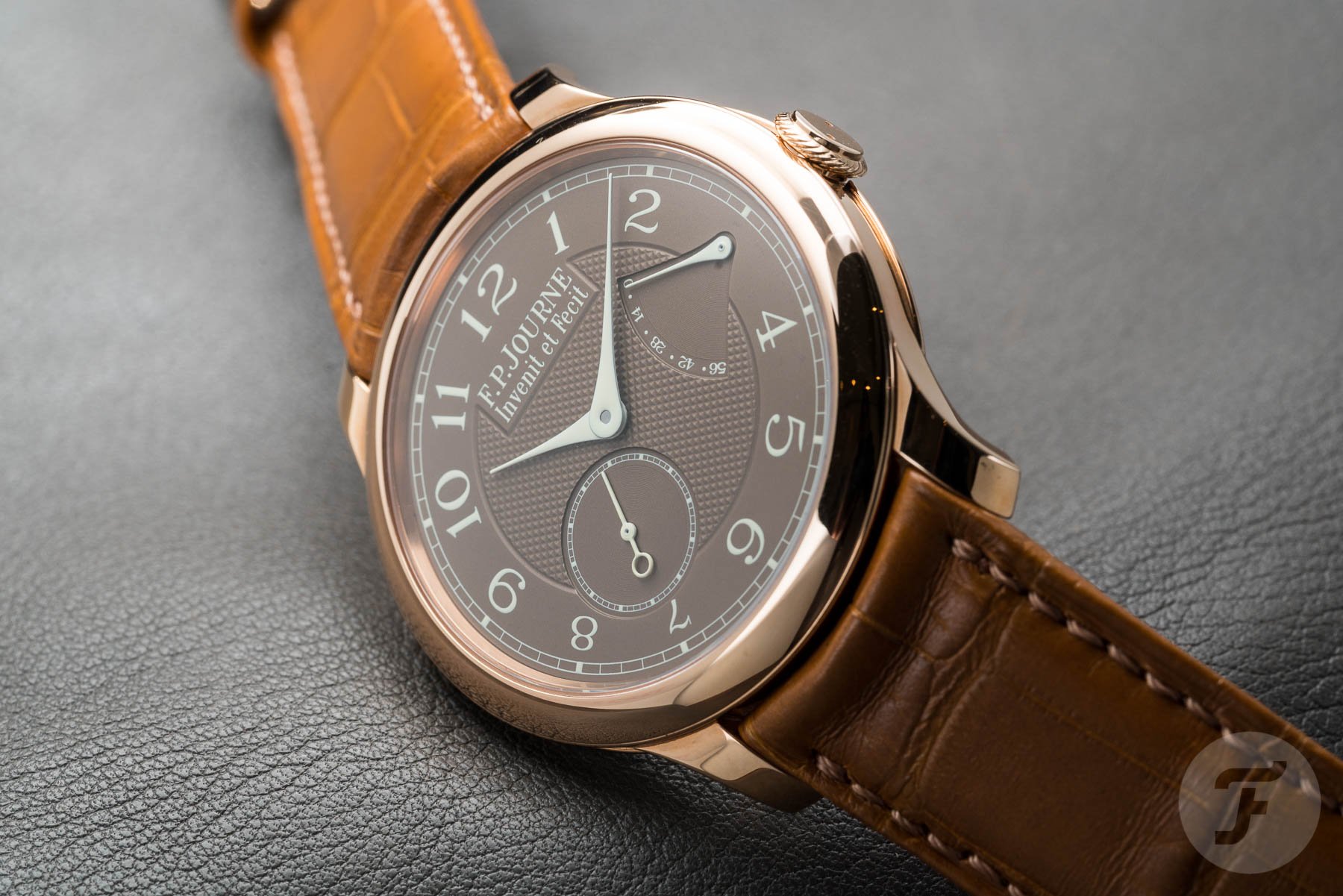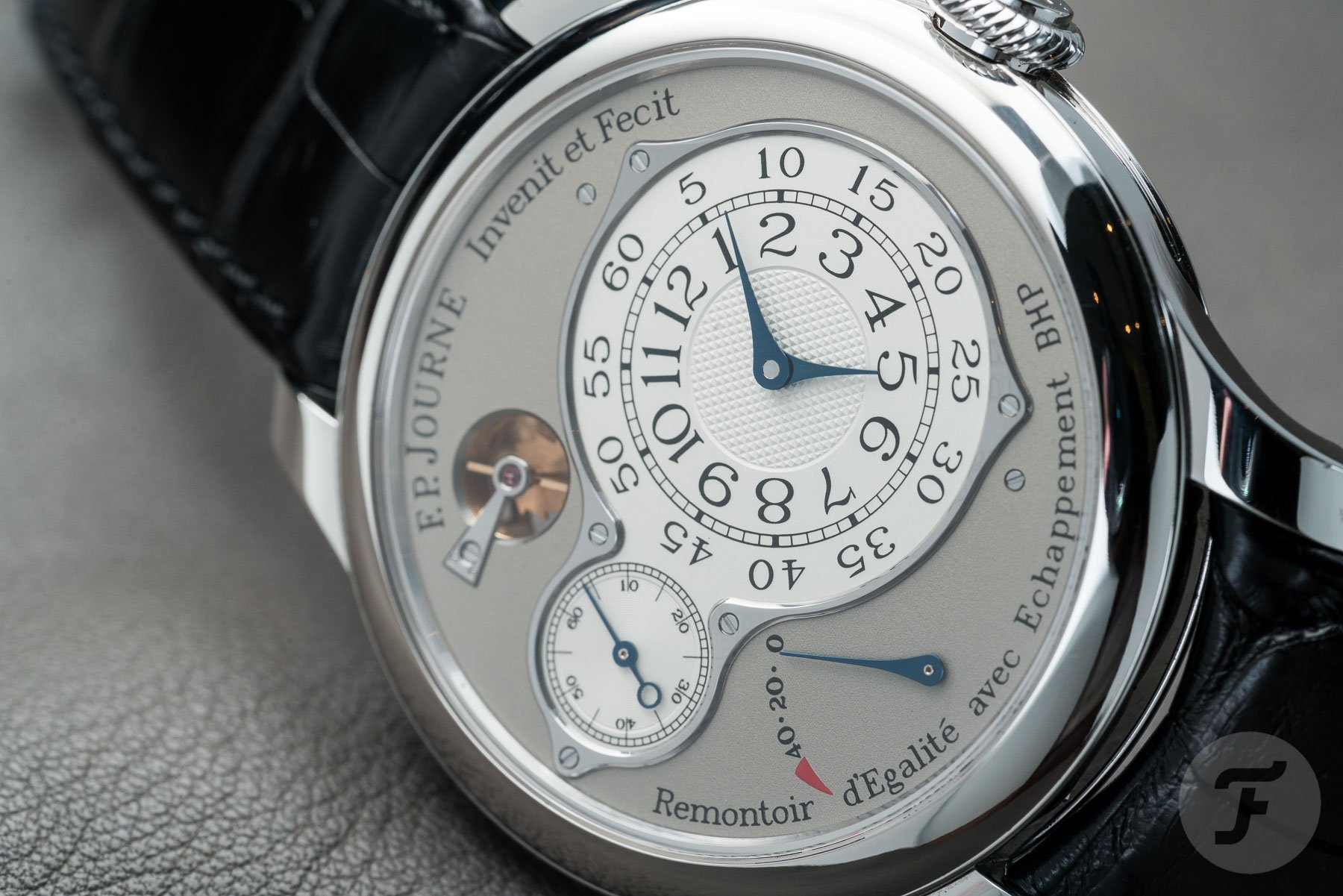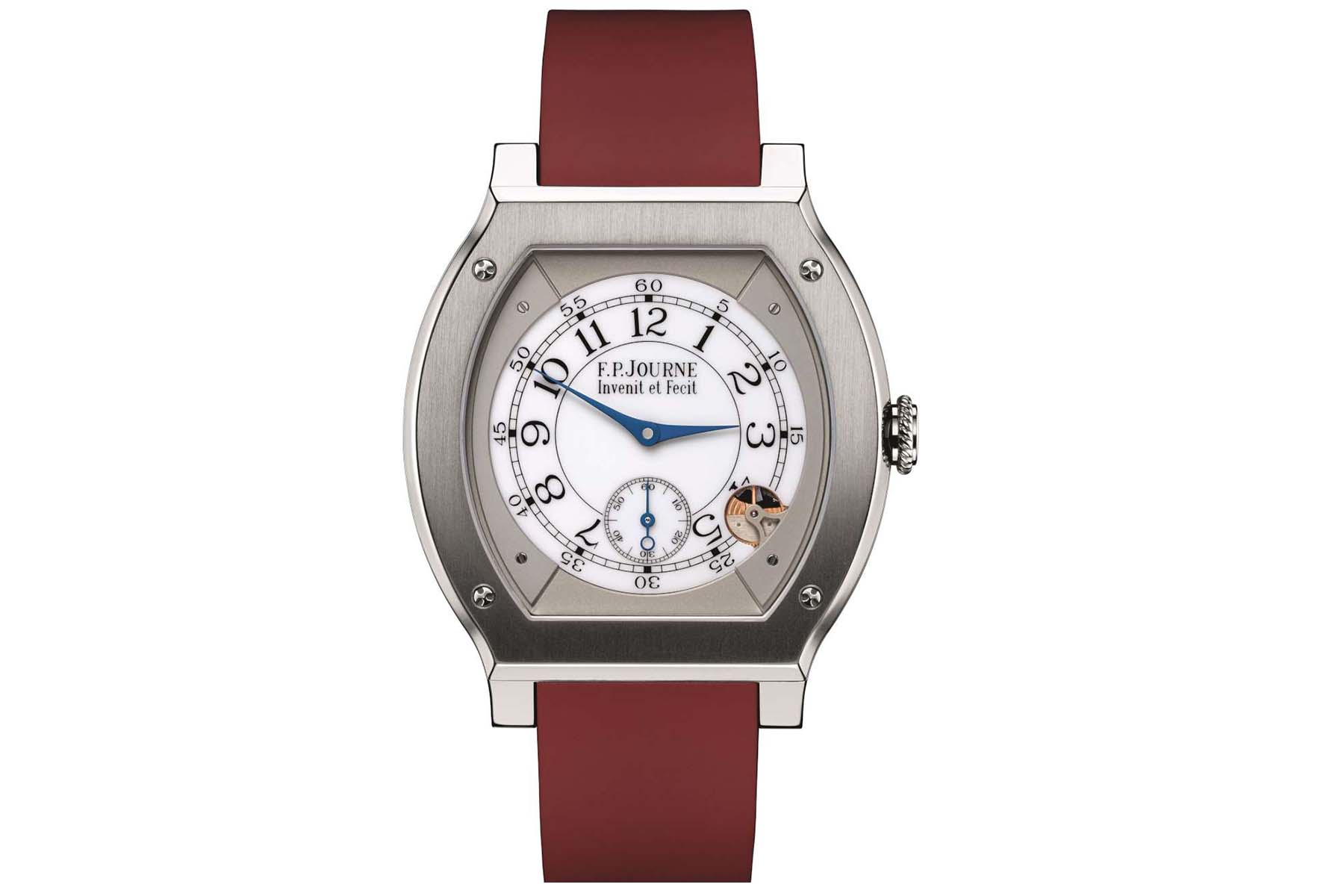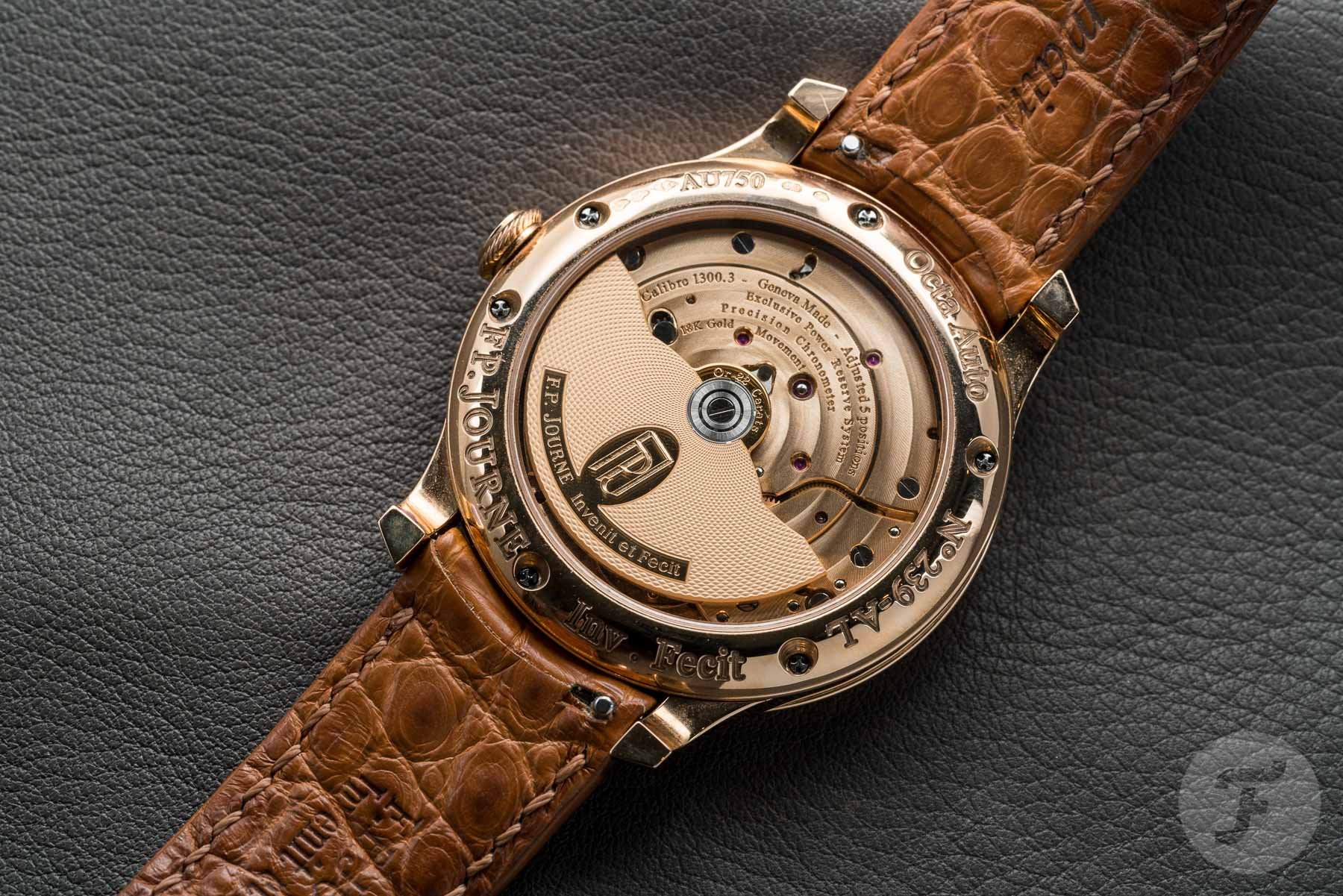The Rise And Rise Of F.P.Journe — Earning A Spot Among Horology’s Legends
I can relate to most people I meet in the watch industry. Most are guys and gals who are kind of like me. We can level with each other and talk about watches. I understand what they do, and they understand what I do. However, there are some exceptions. There are some people operating on a different level altogether, working on concepts I barely understand. Correction: working on concepts of which I barely understand the child-proof simplified version. One such man is François-Paul Journe.
F.P.Journe has been the subject of so much hype lately, claiming a place in the spotlight due to soaring auction results. I do not find that all too interesting. It does signal, however, that there is something going on. So I asked myself the question: what makes a small manufacture like F.P.Journe so successful in today’s watch market?
Admiring F.P.Journe from afar
I have to admit that I never looked at F.P.Journe too closely before. Brands like this seem to exist in a different universe. Even if you are ridiculously wealthy, you cannot just go out and buy an F.P.Journe timepiece. Well, unless you are happy to pay several times the retail price for a used one, that is. So really, you need boatloads of money and you need to be very well connected to enter into this realm. I do not, and I am not. And I assume that most of you are the same.
For a mere mortal, a different approach is required. You have to look at F.P.Journe as an artist. His watches are works of art. If you are lucky, you can see one in real life. But even studying them through a smartphone or computer monitor can be a joyous undertaking.
If you think of a Rembrandt painting as something worth pursuing to own, you will not truly enjoy it. You just have to look at it and experience the amazement. Accept that a handful of chosen ones will fight over ownership. But you can call yourself an aficionado nonetheless.
F.P.Journe’s early years
Born in 1957 in Marseille, François-Paul Journe was introduced to watchmaking by his uncle. He ran a restoration workshop in the port city in the south of France. François-Paul graduated from the Paris watchmaking school in 1976 at the age of 19. Starting off at his uncle’s business, he was exposed to complicated clocks and watches. As many watchmakers will tell you, restoration is the best education.
François-Paul was already building commissioned watches when he finally decided to formally put his name on the dial in 1999. His focus was on the pursuit of accuracy through traditional watchmaking. Another focal point was the complete in-house development and fabrication of his watches. The company slogan “Invenit et Fecit” refers to that ambition, or rather, that policy.
The first watch under the F.P.Journe brand was the Tourbillon Souverain. As the first-ever tourbillon with an integrated remontoir, it made a pretty bold statement for a debut watch. F.P.Journe produced brass movements before switching to full gold in 2004. Collectors now refer to 1999-2004 as the brass period. Today, most F.P.Journe calibers are 18k rose gold, but other materials such as titanium are also used.
Resonating with the past
F.P.Journe’s work is characterized by having one foot solidly in horological history. Rather than creating futuristic new ways of displaying time, the house is on the old-school pursuit of mechanical perfection. The remontoir mechanism, which evens out the varying force exerted by the mainspring, is a prime example. Another is one of the house’s biggest hits, the Chronomètre à Résonance.
Journe followed a path carved by Abraham-Louis Breguet. He discovered the effect of resonance would work when two balances were positioned in close proximity. In short, the phenomenon of resonance can cancel out a lot of two balances’ individual inaccuracies. You “just” have to get them very close to each other and minimize the deviation between the two. If you get it just right, the two will sync up and be more isochronous as a result.
F.P.Journe has produced a few iterations of the Résonance watch over the years. Beyond its mainspring, it separates into pretty much two individual trains. Each has its own remontoir mechanism. On the dial side, you are greeted by two dials and handsets which can be individually set. Pulling out the second crown at four resets both seconds hands to zero. Are you impressed yet?
Technical purism at F.P.Journe
Every F.P.Journe creation presents an opportunity to go down the rabbit hole. There is a level of dedication that I can only describe as technical and mechanical purism. Take the Chronomètre Souverain Havana that Brandon reviewed last year. Journe recognizes that the power-reserve indicator makes the most sense when positioned right next to the winding crown. But that serves up a plethora of technical issues that would normally result in a much thicker movement. No problem for F.P.Journe. With technical wizardry, the power-reserve mechanism is taken from 1.5 to a mere 0.5mm thickness. Bob’s your uncle.
The dial of that one is another example. Why paint a dial brown when you could also develop a gold/ruthenium alloy in the perfect color? These watches leave you with a sense that François-Paul just really gets a kick out of a seemingly impossible technical challenge.
Naturally, this means production is very low. Estimates vary between 650 and 900 watches per year. Compare that to an estimated 70,000 units from Patek Philippe or even 5,000 from A. Lange & Söhne. And while all three of these brands are independent manufacturers, F.P. Journe is the only one whose founder still runs the show.
A unique design language
The success of the F.P.Journe brand has to be attributed in part to its unique design language as well. The watches manage to lean on classical design while looking contemporary and fresh. Most importantly, they are instantly recognizable.
Traditional design elements are cleverly mixed with brutalist elements. The élégante is a prime example. Its dial could have been from a watch from the early 20th century, but then it is surrounded by metal plates and screws, offering a modern contrast.
The typeface of the logo and numerals is another characteristic feature, ass is the elegant handset. You could remove the logo from any F.P.Journe and you would still easily recognize it. That is no small feat for a brand that has existed for just a little over two decades.
Closing thoughts
What I particularly love about Journe is the wearability of the watches. Both in terms of style and scale, they are very much made to wear. Unlike some Haute Horlogerie brands that make extremely impressive monstrosities, there is a classical elegance to F.P.Journe.
I think F.P.Journe’s recent rise in broader public awareness is well deserved. And with the brand’s founder approaching retirement age, we might slowly be moving towards an F.P.Journe without the actual F.P.Journe at the workbench. I am curious how the brand will develop when that happens.
What are your thoughts on F.P.Journe? I am curious to hear them in the comments below.
You can also find and follow me on Instagram: @time_travelers_journal

